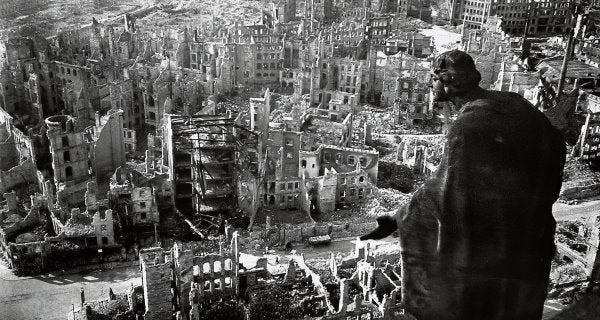I have taught at both a liberal arts college (Oberlin) and large public universities (U.C. Berkeley and Michigan). My courses cover a wide geographical area (comparative Europe) and explore a variety of historical approaches (political, social, cultural, and intellectual).
My own background as a Chinese immigrant from Malaysia has fueled the desire to help college students understand the massive complexity and enormous stakes of global migration in the post-1945 period. I have attempted to do so by engaging them with a rigorous comparative approach that pushes against overly simplistic perceptions of a singular minority experience. One of the most exciting aspects of teaching at Michigan has been using the New Europe as a platform to help denaturalize the assumptions of American students around categories of race; the process of migration and its motivations; and dangerously facile understandings of Muslims and Islamic culture in the post-9/11 period.
In spring 2017, I was awarded the UM History Department’s first annual Undergraduate Teaching Award, which was conferred by the History Club based on nominations by current History majors. This was a huge honor for me, especially because the award came from the students!
My current UNDERGRADUATE course offerings include:
 Muslims in Contemporary Europe (HIST 324, Fall), which introduces students to one of the most important issues facing contemporary European society — how to coexist with millions of Muslim immigrants and their supposedly intractable culture. This course examines how the migration of non-Europeans from many different parts of the world to rebuild after World War II radically transformed Western Europe in the period after 1945. It investigates the social, economic, and legal parameters that shaped the lives of these new arrivals, as well as European responses to immigrants once their presence became more permanent. And we will analyze the process by which Muslims – from among migrants of many religions and from many nations – came to be identified as the primary threat to European society and values.
Muslims in Contemporary Europe (HIST 324, Fall), which introduces students to one of the most important issues facing contemporary European society — how to coexist with millions of Muslim immigrants and their supposedly intractable culture. This course examines how the migration of non-Europeans from many different parts of the world to rebuild after World War II radically transformed Western Europe in the period after 1945. It investigates the social, economic, and legal parameters that shaped the lives of these new arrivals, as well as European responses to immigrants once their presence became more permanent. And we will analyze the process by which Muslims – from among migrants of many religions and from many nations – came to be identified as the primary threat to European society and values.

Europe since 1945 (HIST 319, Winter), which provides a survey of the transformations in European society since the end of World War II. It includes analysis of the effects of total war, rebuilding, the politics of the Cold War, decolonization, the welfare state, the 1968 generation, immigration, the rise of post-industrial economies and globalization, the fall of communism, European integration, as well as newly emergent “threats” to Europe (Brexit, populism, racism/xenophobia, terrorism).
When I am not serving as DGS, I also teach:
- History of Immigration and Displacement (HIST 328)
- The History of Socialism and Communism (HIST 197)
- Germany in the Age of Cold War (HIST 497)
My GRADUATE teaching and advising has focused on the following fields:
- Post-1945 Europe
- Comparative European Immigration
- Migration Studies and Human Mobility
- Critical Race Studies in Europe
- Comparative Empire
Generally speaking, I have framed my graduate courses around thematic and analytical approaches to modern European history, rather than the historiographies of specific countries. I have taught graduate reading seminars on “Race, Culture, and Politics in Modern Europe”; “Immigration and Modern Europe”; and “Comparative Empire.”
In Winter 2019, I will team up with my colleague, Jeff Veidlinger, to offer a pilot version of a new seminar on collaborative research (HIST 716) in conjunction with the US Holocaust Museum. The course will help graduate students develop research, critical analysis, and writing skills beyond the traditional framework of solitary scholars in the archive and in front of the computer. It is designed to train students in collaborative historical research methods and practices, as well as provide them experience working with non-academic institutional partners. Rather than the usual article-length, primary source-based research paper, the final product of this course will be a digital exhibition of each team’s new collection on the Experiencing History website that defines the collection topic and analyzes 10-15 primary documents/sources for an educated general public.